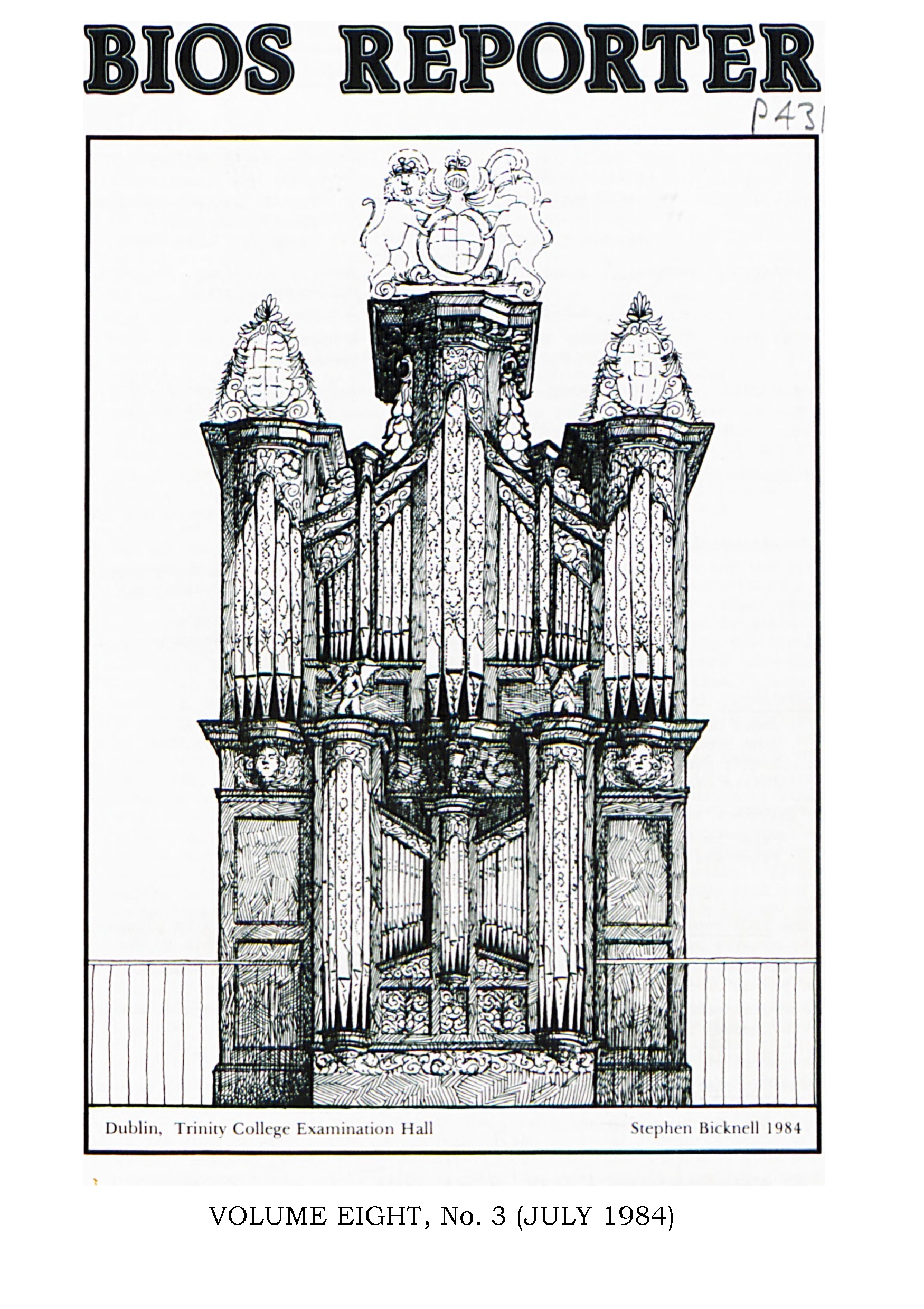Your basket is currently empty!
BIOS Reporter – Volume 8, No.3 – July 1984
The publication earlier this year of the Report of the Faculty Jurisdiction Commission (‘The Continuing Care of Churches and Cathedrals’) had been long looked forward to. The establishment of the Commission was, in part at least, an attempt to meet growing unease among the amenity societies, conservation groups, and individual architects and art historians, about the implications of the so-called ‘ecclesiastical exemption’, whereby the Church was exempted from the statutory requirement upon owners and trustees of listed buildings to seek and get appropriate planning approval for demolitions, alterations, and extensions to these buildings. For its part, the Church accepted the need to maintain and develop a system, in some sense parallel to the ‘secular’ procedures, which would ensure that adequate controls were exercised over the making of alterations to churches and their contents. The Faculty Jurisdiction has been the means whereby this has been accomplished (or not, depending upon your point of view) and both a national and a local advisory service has grown up in connection with it. To cut a long – if not uneventful – story short, the question now is, do the proposals cf the Report lay to rest the objections of the various bodies and individuals to the functioning of the Jurisdiction, and does it, in fact, offer scope for the creation of a service through which the best advice not only may be, but must be sought and implemented?…
